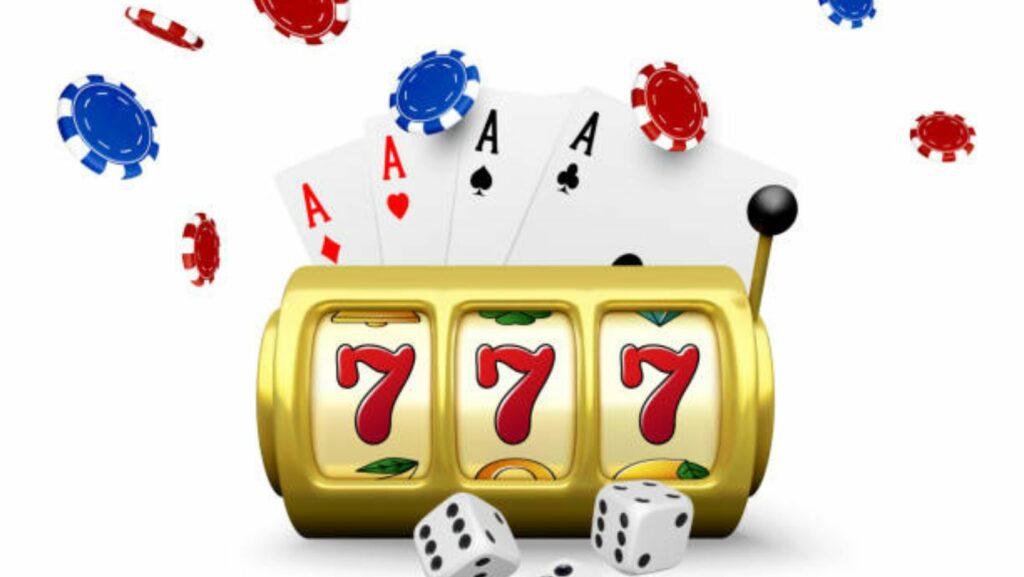
Slot machines may seem like games of pure chance, with random number generators determining each spin of the reels. However, complex math drives the design of these casino games. Two key metrics that manufacturers and casinos like Slot Lords use are Return to Player (RTP) percentage and Hit Frequency. Understanding how these work provides insight into your chances of winning.
What is Return to Player (RTP)?
RTP refers to the percentage of wagered money a slot machine pays back to players over time. If a game has an RTP of 95%, it will pay out $95 for every $100 inserted into the machine. This does not mean you will win back 95% of what you bet each session. Rather, it represents the long-term payback percentage across thousands and thousands of spins.
RTP accounts for the house edge, which gives the casino profitability. A 95% RTP means the house edge is 5%. For every $1 million put into the slot, the casino aims to keep $50,000. High RTP percentages benefit players, while lower percentages favor the house.
Typical RTP Percentages for Slot Machines
| Game Type | RTP Range |
| Vegas-style Slots | 82-98% |
| Video Slots | 90-97% |
| Progressives | Below 92% |
| Penny Slots | 88-95% |
As shown in the table, RTPs can vary substantially across slot machine types. In general, Vegas-style and video slots tend to be more generous than progressive jackpots.

Within a casino, it is not uncommon to find machines with RTPs ranging from 82% to 98%. Choosing well can make a difference in your bottom line.
Hit Frequency Metric
Along with RTP percentage, hit frequency helps determine how “volatile” a slot is. Hit frequency refers to how often a player can expect a winning combination per number of spins. A “hit” constitutes any winning combo, including small payouts.
Higher hit frequency slots deliver wins more often but usually in smaller amounts. Lower frequency slots have fewer but potentially bigger wins. High volatility slots have a hit frequency below 25%. In contrast, low-volatility games land wins on over 30% of spins. Medium volatility is in between.
Hit Frequency Ranges
| Volatility | Hit Frequency |
| High | Below 25% |
| Medium | 25-30% |
| Low | Over 30% |
Casual players often prefer higher hit frequency so they can experience more positive reinforcement. However, serious slot enthusiasts tend to like volatile games for their potential to deliver outsized jackpots.
Hit Frequency Example
Imagine two slot games, A and B. Game A has a hit frequency of 23%, meaning nearly 1 in 4 spins pays a prize. Game B hits only 15% of the time, or around 1 in 7 spins. In 100 spins, Game A would deliver 23 wins compared to 15 wins for Game B. However, Game B likely has bigger payouts, accounting for its lower hit frequency. Over time, both can theoretically produce the same RTP percentage.
Table of Hit Frequencies and Payouts
| Spin | Game A Result | Game B Result |
| 1 | Loss | Loss |
| 2 | $2 Win | Loss |
| 3 | $1 Win | $10 Win |
| 4 | $3 Win | Loss |
| 5 | Loss | Loss |

This table demonstrates the difference in hit frequency and payout size between hypothetical games. Game A wins small amounts more often, while Game B has fewer but larger wins.
Key Takeaways About RTP and Hit Frequency
- RTP percentage determines how much a slot pays back over time, accounting for the casino’s house edge. Higher RTPs are better for players.
- Hit frequency indicates how often a slot machine pays out. Volatility categorizes games that frequently pay out small amounts versus, less often, large jackpots.
- Manufacturers finely tune RTP and hit frequency to make games appealing yet profitable for operators. Players should understand these metrics when choosing slots.
- While instant results rely on chance, math controls outcomes over extended play. Understanding this can help manage bankroll and expectations.
Slot machine results may seem random at the moment. However, by looking behind the curtain, you can understand the math driving design and payouts. Getting to know key metrics like RTP percentage and hit frequency provides insight into the player-casino relationship. Over time, the house edge and volatility metrics control how much money changes hands. Educating yourself on these figures is the first step towards more informed slot machine play.












